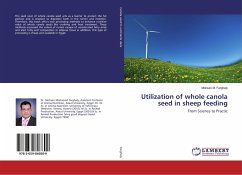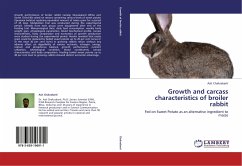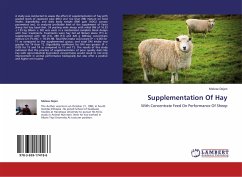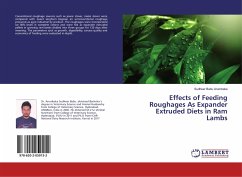Awassi and Karadi lambs grew at a similar rate, but Awassi excelledKaradi in dressing percentage, thicker fat and smaller area of L-dorsamuscle.Lambs fed ad lib grew faster than those that received 3% concentrate.Carcasses of Karadi lambs contained more lean and bone, and lowerfat than Awassi.As slaughter weight increased, the fat content increased and bonecontent decreased.No adverse effect of docking on growth and carcass traits was noticedas compared to intact lambs.Docked lambs content had higher fat and lower proportion of lean intheir carcasses compared to intact lambs.Lean and bone are an early maturing tissues, whereas fat is late inboth docked and intact lambs.








